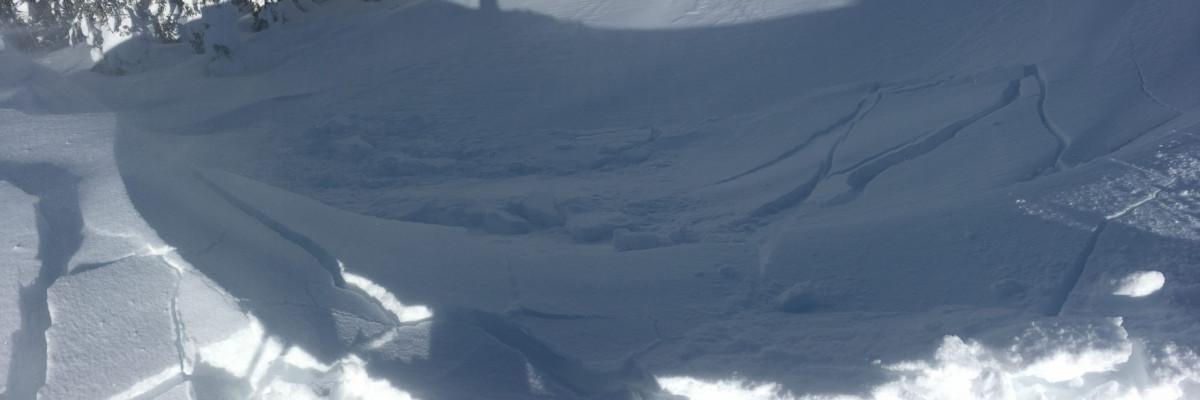Strong winds and new snow are building sensitive wind slabs. For today, the avalanche danger will be MODERATE on wind-loaded slopes and LOW elsewhere in West Central Montana.
Good morning, this is Andrew Schauer with the West Central Montana avalanche advisory for Saturday, March 14, 2020. Today’s advisory is sponsored by ZillaState. This advisory does not apply to operating ski areas, expires at midnight tonight, and is the sole responsibility of the U.S. Forest Service.
Weather and Snowpack
Last night we received 7” of new snow in the southern Missions and 3” in the Rattlesnake, while the Bitterroot stayed high and dry. Winds are blowing a sustained 60 mph out of the east at Point Six, with gusts to 80 mph. In the rest of the area, winds are 10-20 mph out of the east with gusts to 40 mph. Mountain temperatures are in the single digits to low 20’s. Snow will continue through tonight, with 4-6” expected throughout the advisory area. Winds will blow 15-25 mph out of the west with gusts to 40, and mountain temperatures will stay in the low teens to low 20’s.
High winds are drifting new snow into fresh wind slabs up to two feet deep, which will be easily triggered in steep terrain. Winds have been blowing out of the east, which means we can expect to see wind-loading in areas that are usually getting scoured. Yesterday we saw snow blowing up and over cornices in the Seeley Lake area (video), and Todd found sensitive wind pockets in the Southern Bitterroot. Be alert while you travel in the backcountry today. Look for and avoid slopes that have been recently loaded. If you notice clear signs of instability, like recent avalanches or cracks shooting out from your skis or snowmobile, stick to low-angle terrain or seek other slopes that have not been loaded.
Although it has been over a month since the last avalanche was reported failing deeper in the snowpack, it is worth noting that we are still finding poor structure in the southern Bitterroot. Yesterday Todd and his partner found weak snow near the ground in a thin snowpack up Tin Cup creek and chose a safer route to ski out. This structure does not exist everywhere, and it is unlikely that a human will trigger an avalanche on this layer. However, the consequences of triggering a deep persistent slab avalanche are severe. Avoid slopes in the southern Bitterroot with an unusually thin snowpack sitting on above weak, sugary snow at the ground.
The Bottom Line
Strong easterly winds are moving new snow into sensitive wind slabs that will be easy to trigger in steep terrain today. Look for loading in unusual locations, and avoid steep slopes with fresh drifts of wind-loaded snow. As always, dig a quick pit before committing to steep terrain, and pick an alternate route if you get unstable test results or if you notice red flags like shooting cracks or recent avalanches.
Your observations are extremely helpful! If you get out, please take a minute to fill out the observation form on our website (missoulaavalanche.org), or shoot us a quick email at [email protected].
























